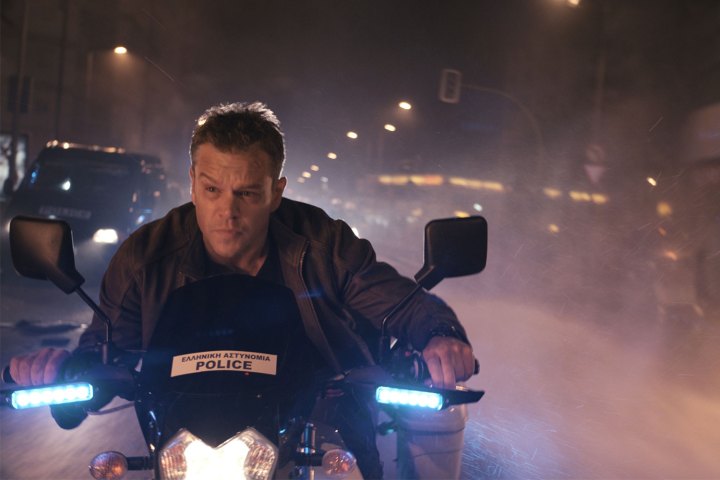
At less than three cubic inches, the Micro Cinema Camera is somewhat like a GoPro on steroids. It costs just under $1,000, so large-budget summer blockbusters have no trouble employing several of them in situations that would be too risky with more expensive gear. But its small size and price hide impressive capabilities, including a Super 16-millimeter-sized sensor capable of recording 13 stops of dynamic range.
The Pocket Cinema Camera offers similar specifications in a different design.
“One of the most important things when shooting action scenes for any movie is to stay consistent with the established look of the movie,” said second unit director of photography, Igor Meglic, in a statement published by Blackmagic Design.
The Super 16mm format may be smaller than the Super 35mm format used in mainstay cinema cameras, but the Blackmagic Micro and Pocket offer both Adobe DNG RAW and Apple ProRes file types, providing the flexibility to allow cinematographers and colorists to match the footage to the larger A cameras.
Meglic was responsible for filming the car chase, a staple scene of all Bourne films. He placed cameras just about everywhere, from the side of a SWAT van ramming into cars to the helmets of stunt motorcycle riders. “This was pretty serious stuff,” Meglic said, “and we had the guys going up and down stairs, over jumps and down very narrow alleys and streets. We used the footage for great POV shots.”
This certainly isn’t the first time that a small, low-cost camera has been used to shoot a big-budget production. The Martian, another film that coincidentally saw Matt Damon in the lead role, even used GoPros for a number of shots.
Editors' Recommendations
- John Wick vs. Jason Bourne: who would win in a fight to the death?
- 6K for $2,495? Blackmagic Design does it again with the Pocket Cinema Camera 6K





